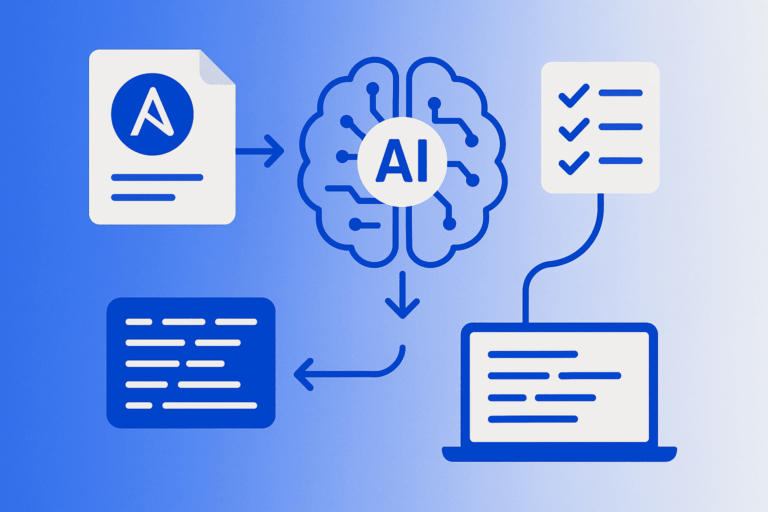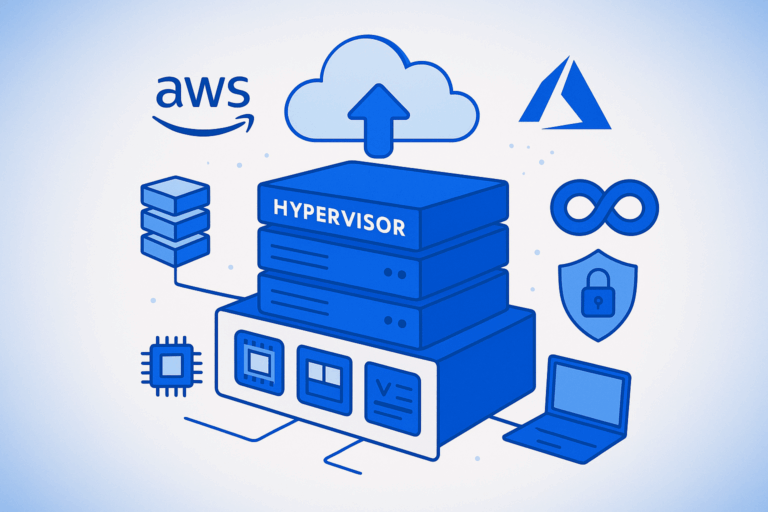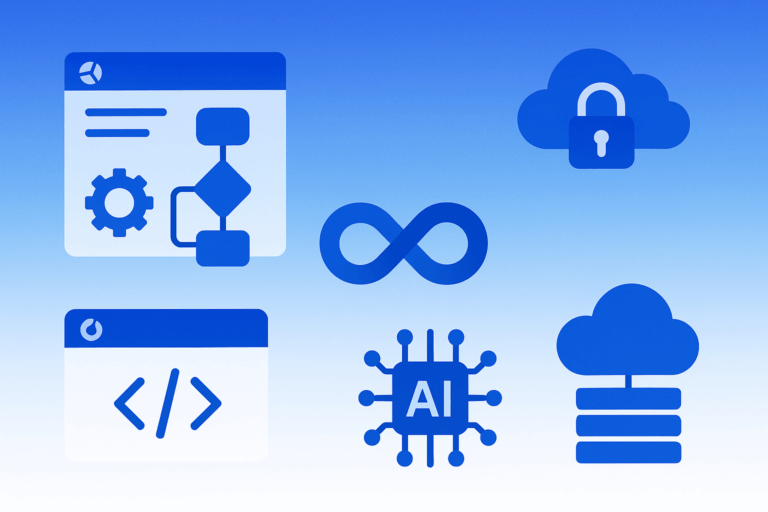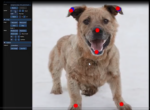Where Your Smart House Meets the Cloud
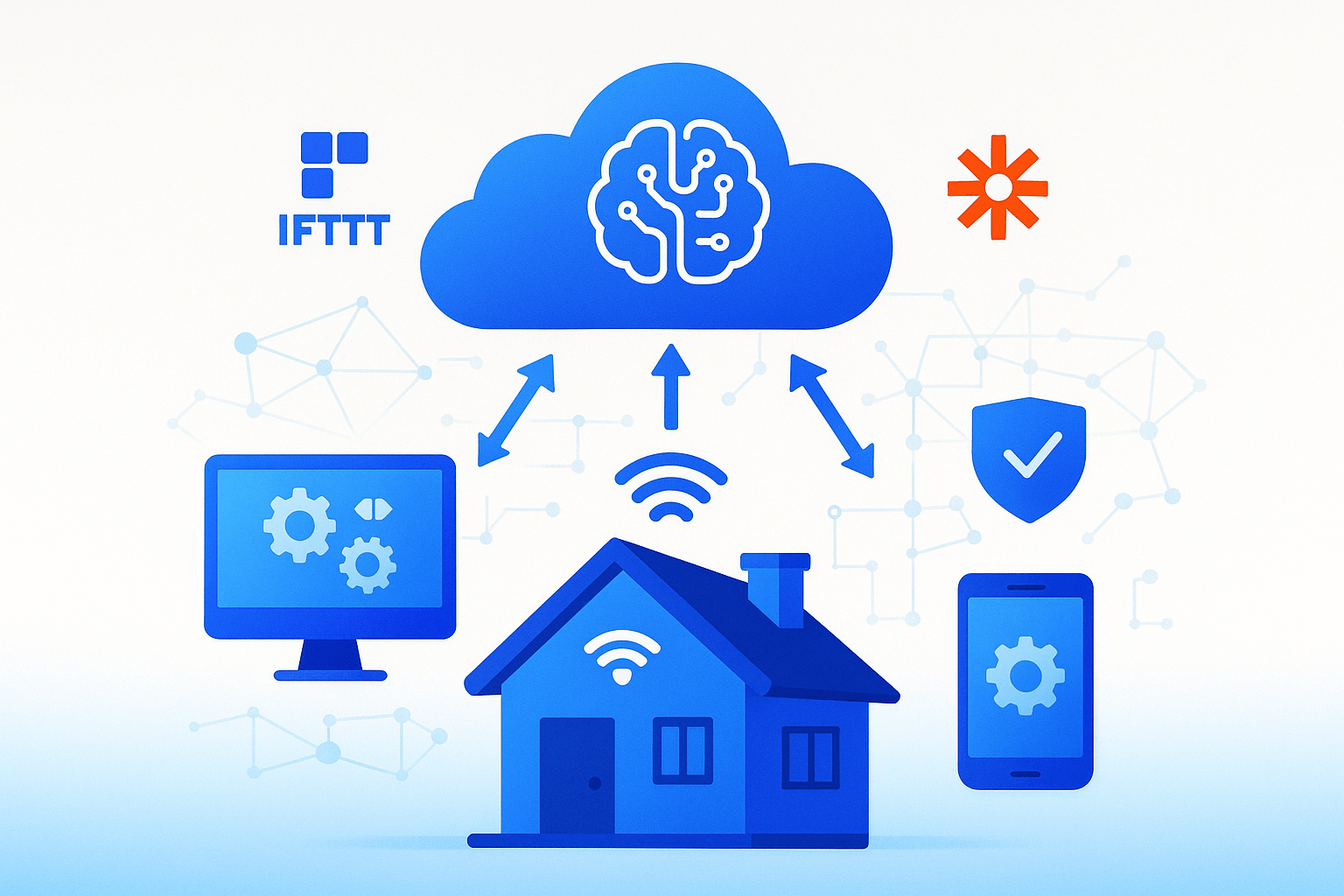
Home & Harmony🏠✨
Welcome to the fascinating world where your morning coffee starts brewing before your alarm goes off, where your lights dim automatically as you settle in for movie night, and where your grocery list magically knows you’re running low on milk. This isn’t science fiction anymore—it’s the cloud-powered smart home revolution that’s transforming how we live, work, and interact with our domestic spaces.

The Cloud Behind Your Convenience 🌩️
Your smart home is really a cloud home, and understanding this fundamental truth changes everything about how you approach home automation. Every time you ask Alexa to turn off the lights or check your smart doorbell from across the country, you’re not just talking to a device in your living room—you’re orchestrating a complex dance between IoT platforms, cloud computing, and edge devices that spans continents.
The magic happens in the AWS Cloud, Azure Cloud, and Google Cloud platforms that process your commands, analyze your patterns, and coordinate responses across your connected ecosystem. When you speak to your voice assistant, your words travel through cloud IoT platforms that leverage artificial intelligence and machine learning to understand context, predict needs, and deliver personalized experiences.
App-ify Your Life: The Automation Revolution 📱
Gone are the days when home automation required expensive custom installations and technical expertise. Today’s automation tools like IFTTT and Zapier have democratized smart living, making it possible for anyone to create sophisticated workflows that would have required a DevOps engineer just a few years ago.
IFTTT excels at connecting your smart home devices with simple “if this, then that” logic, while Zapier brings enterprise-grade automation capabilities to your personal space. These platforms integrate with over 800 to 7,000 applications respectively, creating endless possibilities for cloud technology integration.
The Power of Modern Automation Tools
| Feature | Zapier | IFTTT |
|---|---|---|
| Smart Home Focus | Good | Excellent |
| Total Integrations | 7,000+ | 800+ |
| Multi-step Workflows | Advanced | Basic |
| Voice Control | Limited | Excellent |
| Pricing | $19.99+/month | Free tier available |
Comparison of leading automation platforms for smart home integration
The Cloud Pantry Revolution 🍽️
The kitchen—traditionally the heart of the home—is experiencing perhaps the most dramatic transformation in the smart home revolution. Cloud pantry solutions are redefining how we plan meals, shop for groceries, and manage food waste through sophisticated APIs and AI-powered recommendation systems.
Modern recipe apps like Cooklist and Paprika connect directly to grocery store loyalty programs, automatically importing your purchases and suggesting recipes based on what’s actually in your refrigerator. These applications leverage grocery delivery APIs and cloud computing to create seamless meal planning experiences that reduce waste and save money.
Smart refrigerators equipped with IoT sensors and computer vision can now track expiration dates, monitor freshness, and automatically reorder staples when you’re running low. This food tech revolution represents the convergence of artificial intelligence, cloud storage, and mobile app development creating entirely new categories of consumer experiences.
Cyber Security: The Foundation of Trust 🔒
While the convenience of cloud-based smart homes is undeniable, the cyber security implications are profound and require careful consideration. Recent studies show that 80% of IoT devices are vulnerable to various cyber attacks, with smart home security being a critical concern for modern households.

Smart Home IoT Security Vulnerabilities categorized by risk level showing critical security concerns
The most common IoT vulnerabilities include weak default passwords, insecure network communications, and insufficient privacy protection. Smart home cybersecurity requires a multi-layered approach that includes network segmentation, regular firmware updates, and robust authentication protocols.
Critical Security Vulnerabilities in Smart Homes
Device hijacking represents one of the most serious threats, where attackers can gain complete control over smart devices and use them as entry points to broader network compromise. Man-in-the-middle attacks can intercept communications between devices and cloud services, while data theft from unprotected wearables and appliances provides cybercriminals with detailed personal information.
The DevOps-Powered Smart Home Infrastructure 🛠️
Behind every seamless smart home experience lies sophisticated DevOps practices and cloud infrastructure management. Terraform has become the go-to tool for infrastructure automation in smart home platforms, enabling rapid deployment and management of AWS and Azure resources at scale.
DevOps engineers working on smart home platforms use Terraform to automate the provisioning of everything from EC2 instances to IoT Core services, ensuring consistent and reliable infrastructure across development, staging, and production environments. This Infrastructure as Code approach enables the rapid scaling that modern smart home platforms require to support millions of connected devices.
The integration of CI/CD pipelines with Terraform allows smart home platform providers to deploy infrastructure changes safely and efficiently, with proper testing and rollback capabilities. This automation extends to monitoring, security patching, and capacity planning—all critical for maintaining the always-on reliability that smart home users expect.
AI: The Brain Behind Smart Automation 🤖
Artificial Intelligence is rapidly becoming the central nervous system of modern smart homes, moving beyond simple command-response interactions to predictive and contextual automation. Voice assistants powered by natural language processing can now understand complex, nuanced commands and engage in meaningful conversations about home management.
The latest AI-powered home automation systems learn from user behavior patterns to anticipate needs and automate routine tasks without explicit programming. Machine learning algorithms analyze environmental data, occupancy patterns, and user preferences to optimize energy usage, enhance security, and improve overall comfort.
Smart kitchen appliances represent a particularly exciting application of AI technology, with intelligent ovens that can identify food types and adjust cooking parameters automatically, and refrigerators that can suggest recipes based on available ingredients and dietary preferences.
Devolity: Your Partner in Smart Home Excellence 🚀
Devolity brings enterprise-grade expertise to smart home and cloud hosting solutions, combining deep cloud technology knowledge with proven experience in DevOps, automation, and cyber security. With over a decade of experience serving businesses worldwide, Devolity understands the complex infrastructure requirements that power reliable smart home platforms.
Devolity’s cloud hosting services provide the scalable, secure foundation that smart home applications require, with 99.99% uptime guarantees and enterprise-level security measures including encrypted data storage and robust backup systems. Their DevOps expertise ensures that smart home platforms can scale efficiently while maintaining the performance and reliability that users demand.
The company’s AWS and Azure certifications, combined with extensive experience in Terraform automation and cloud infrastructure management, make them an ideal partner for organizations building the next generation of smart home solutions.
Troubleshooting Your Connected Future 🔧
Even the most sophisticated smart home systems encounter occasional hiccups. Understanding common issues and their solutions empowers users to maintain optimal performance and security.
| Issue | Potential Cause | Solution |
|---|---|---|
| Device Connection Problems | Weak Wi-Fi signal, incorrect credentials | Check signal strength, verify network settings, restart router |
| Voice Assistant Unresponsive | Microphone issues, network problems | Check permissions, restart device, retrain voice model |
| App Performance Issues | Outdated software, memory constraints | Update applications, restart devices, clear cache |
| Automation Failures | Incorrect triggers, service conflicts | Review logic, test triggers, verify device status |
| High Data Usage | Background syncing, video streaming | Monitor usage, adjust sync settings, optimize streaming |
Common smart home troubleshooting scenarios and solutions
Why choose Devolity
Unmatched Expertise in
Cloud and Cybersecurity
Devolity team of certified professionals brings decades of combined experience in managing complex cloud environments and defending against evolving cyber threats.
01
End-to-End Solutions for Every Business Need
DevOps with Cybersecurity Services: Hybrid/multi-cloud management, cost optimization, and DevOps integration with Risk assessments.
02
Customized Strategies, Not One-Size-Fits-All
We understand every business is unique. Devolity prioritizes collaboration, crafting bespoke solutions aligned with your industry, goals, and risk profile.
03
Proactive Protection with 24/7 Vigilance
Cyber threats never sleep—and neither do we. Devolity Security Operations Center (SOC) offers round-the-clock monitoring, rapid incident response.
The Future is Now: Practical Implementation 💡
Consider Sarah’s smart home as a practical example of these technologies in action. Her morning routine begins when her AI-powered alarm system analyzes her sleep patterns and wakes her during an optimal sleep phase. Her smart coffee maker starts brewing based on her calendar schedule, while her IoT-enabled shower preheats to her preferred temperature.
As Sarah leaves for work, her automation system developed using IFTTT triggers a sequence: lights turn off, the thermostat adjusts for energy savings, security cameras activate, and her smart door lock engages. Her cloud pantry app analyzes her grocery consumption patterns and automatically adds needed items to her shopping list, which syncs with her preferred grocery delivery service through sophisticated APIs.
This seamless orchestration relies on cloud infrastructure managed through Terraform, DevOps practices ensuring 99.9% uptime, and cyber security measures protecting her personal data and device communications.
Security Best Practices for Your Smart Domain 🛡️
Implementing robust cyber security measures is non-negotiable in today’s smart home landscape. Start with network segmentation, creating separate VLANs for IoT devices to limit potential attack surfaces. Replace all default passwords with strong, unique credentials managed through a password manager, and enable two-factor authentication wherever possible.
Regular firmware updates are critical for maintaining security posture, as manufacturers frequently release patches for newly discovered vulnerabilities. Consider implementing network monitoring tools that can detect unusual traffic patterns or potential intrusions in real-time.
Encryption should be enabled for all device communications, both locally and when transmitting data to cloud services. Physical security remains important—ensure devices are properly secured and consider their placement in relation to external access points.
#SmartHome #CloudTechnology #IoT #HomeAutomation #AI #VoiceControl #SmartKitchen #CyberSecurity #DevOps #CloudComputing #Automation #TechLife #ConnectedHome #FutureLiving #SmartTech #Devolity #AWS #Azure #Terraform #IFTTT #Zapier #DigitalTransformation
Your Journey Starts Here 🎯
The convergence of cloud technology, artificial intelligence, and home automation represents more than technological advancement—it’s a fundamental shift in how we experience domestic life. Whether you’re a DevOps engineer designing the next generation of IoT platforms, an IT professional securing corporate smart office environments, or a homeowner taking the first steps into automated living, understanding these interconnected systems is essential for navigating our connected future.
The smart home revolution isn’t coming—it’s here, powered by the cloud, secured through cyber security best practices, and made accessible through intuitive automation tools. Your home is ready to become smarter, more efficient, and more responsive to your needs. The only question is: are you ready to embrace the future of living?
Ready to transform your space into a smart, secure, and efficient home? Connect with Devolity today for enterprise-grade cloud hosting and automation solutions that power the future of connected living.
Transform Business with Cloud
Devolity simplifies state management with automation, strong security, and detailed auditing.

